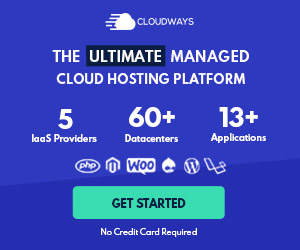In the dynamic world of e-commerce, businesses are constantly seeking to optimize their operations and customer experience. One such strategic move could be migrating from Shopify to BigCommerce.
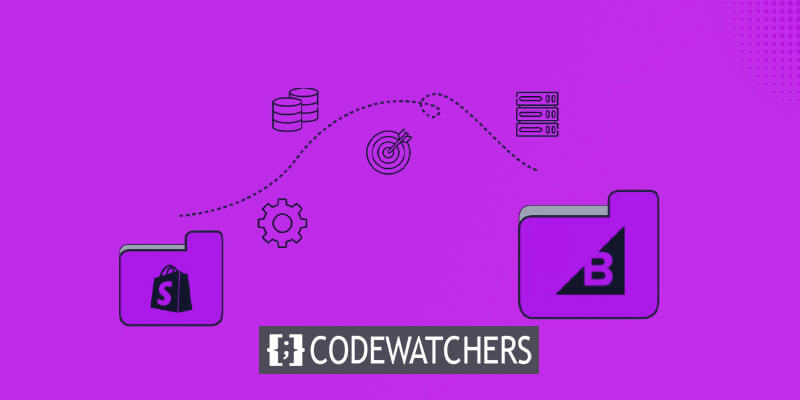
This transition might seem daunting, but with careful planning and execution, it can open up new avenues for your online store. This guide will walk you through the process of migrating from Shopify to BigCommerce, highlighting the benefits, potential challenges, and key steps involved.
Whether you’re looking to leverage BigCommerce’s robust features, improve your site’s performance, or simply explore a new platform, this migration could be the transformative change your e-commerce business needs. Let’s embark on this journey together!
Benefits of Migrating from Shopify to BigCommerce
Transitioning from Shopify to BigCommerce presents numerous benefits for online retailers. Below are some of the primary advantages:
Create Amazing Websites
With the best free page builder Elementor
Start Now- Enhanced Scalability: BigCommerce is renowned for its scalability, empowering businesses to expand their online footprint without encountering infrastructure constraints.
- Advanced Functionality: BigCommerce boasts a diverse array of advanced features, including integrated abandoned cart recovery, extensive product options and variants, multi-channel retailing capabilities, and robust SEO functionalities.
- Flexible Pricing Structures: BigCommerce offers a range of pricing plans tailored to diverse business requirements, granting store owners the flexibility to select the plan that best suits their budget and growth objectives.
- Improved Performance: BigCommerce is optimized for speed and performance, delivering a seamless shopping experience for customers by reducing page load times. This optimization can have a positive impact on search rankings and conversion rates.
- Exceptional Design and Customization: BigCommerce offers a plethora of professionally designed themes and a robust customization framework, enabling store owners to craft visually striking and distinct storefronts.
Challenges of Migrating from Shopify to BigCommerce
Transitioning from Shopify to BigCommerce offers numerous advantages, yet it's crucial to acknowledge the potential hurdles that may arise. Here are key obstacles to keep in mind:
- Data Migration and Validation: The transfer of data from Shopify to BigCommerce demands meticulous planning and validation to guarantee accuracy and completeness. Special focus must be placed on product details, customer information, orders, and URLs.
- SEO Considerations: Shifting to a new platform can impact search rankings and organic traffic. Implementing proper 301 redirects and optimizing the new site's structure is vital to mitigate any adverse effects on SEO.
- Design and Customizations: If your Shopify store heavily relies on custom code or integrations, the migration process may necessitate additional time and effort to transfer and adjust these customizations to fit the BigCommerce platform.
- User Training and Adaptation: Transitioning to a new platform means store owners and staff must acquaint themselves with the new interface, features, and workflows. This may entail supplementary training and documentation.
Therefore, meticulous planning and execution of the migration process are essential to minimize disruptions to your business and ensure a seamless transition to BigCommerce. In the subsequent sections, we will delve into each step in detail, offering guidance and best practices to successfully migrate your store from Shopify to BigCommerce.
Migrating from Shopify to BigCommerce
To start off, LitExtension offers an automated migration service that enables you to seamlessly transfer data from one eCommerce platform to a more robust alternative. With over 12 years of experience, LitExtension ensures a swift, seamless, and accurate transition to meet all merchants' requirements. We facilitate migrations among 140 platforms, including transitions from Magento to BigCommerce, WooCommerce to BigCommerce, and more.
Moreover, if you're short on time to oversee the migration process, you can entrust the task to our specialists through our comprehensive All-In-One migration full service. With competitive pricing and the assistance of a dedicated Personal Assistant, we assure a seamless store transition for you.
First and foremost, you'll need to log in to LitExtension using your email and password. Alternatively, you can opt to sign in via Facebook or Google to streamline the process.
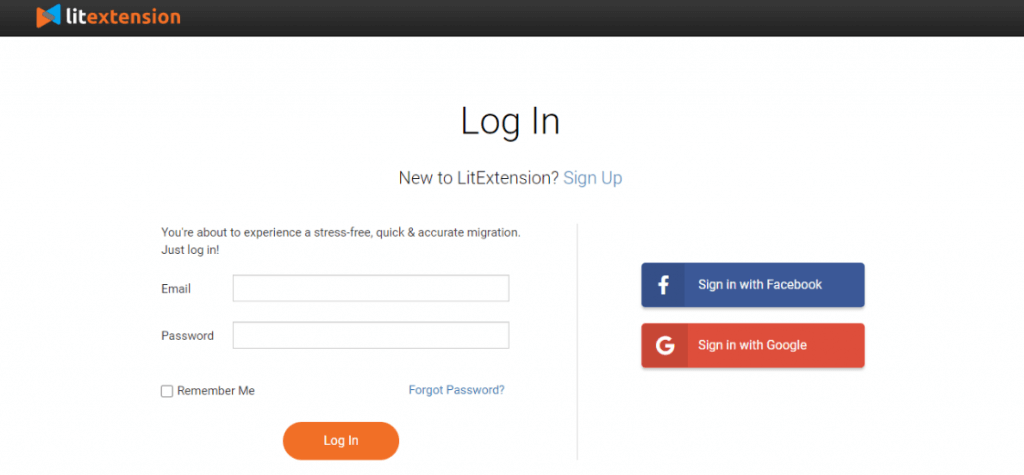
1. Source Cart and Target Cart Setup
Once you've set up your new LitExtension account, initiating your migration from Shopify to BigCommerce is straightforward. Simply click on "Create New Migration" to begin.
On the migration setup page, input the necessary details from your Shopify source store, such as your store URL and API password.
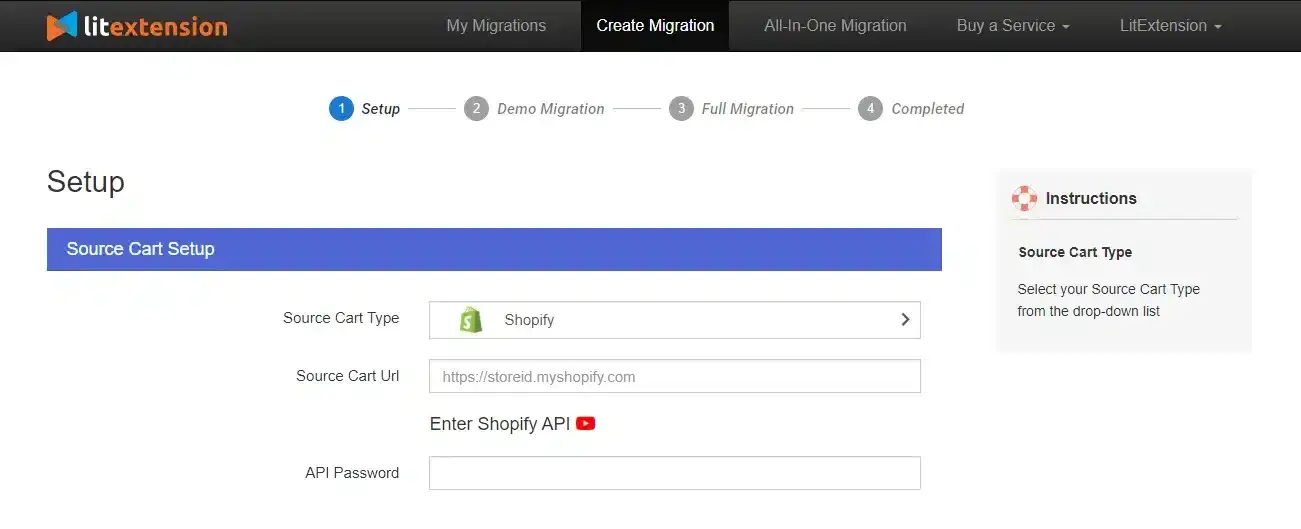
If you're unsure how to obtain your API password from your Shopify store, refer to this instructional video for easy guidance:
Next, proceed to the Target Cart section and select BigCommerce from the dropdown menu. Enter your store URL, and for this platform, furnish us with your API Path, API token, and Client ID/Username.
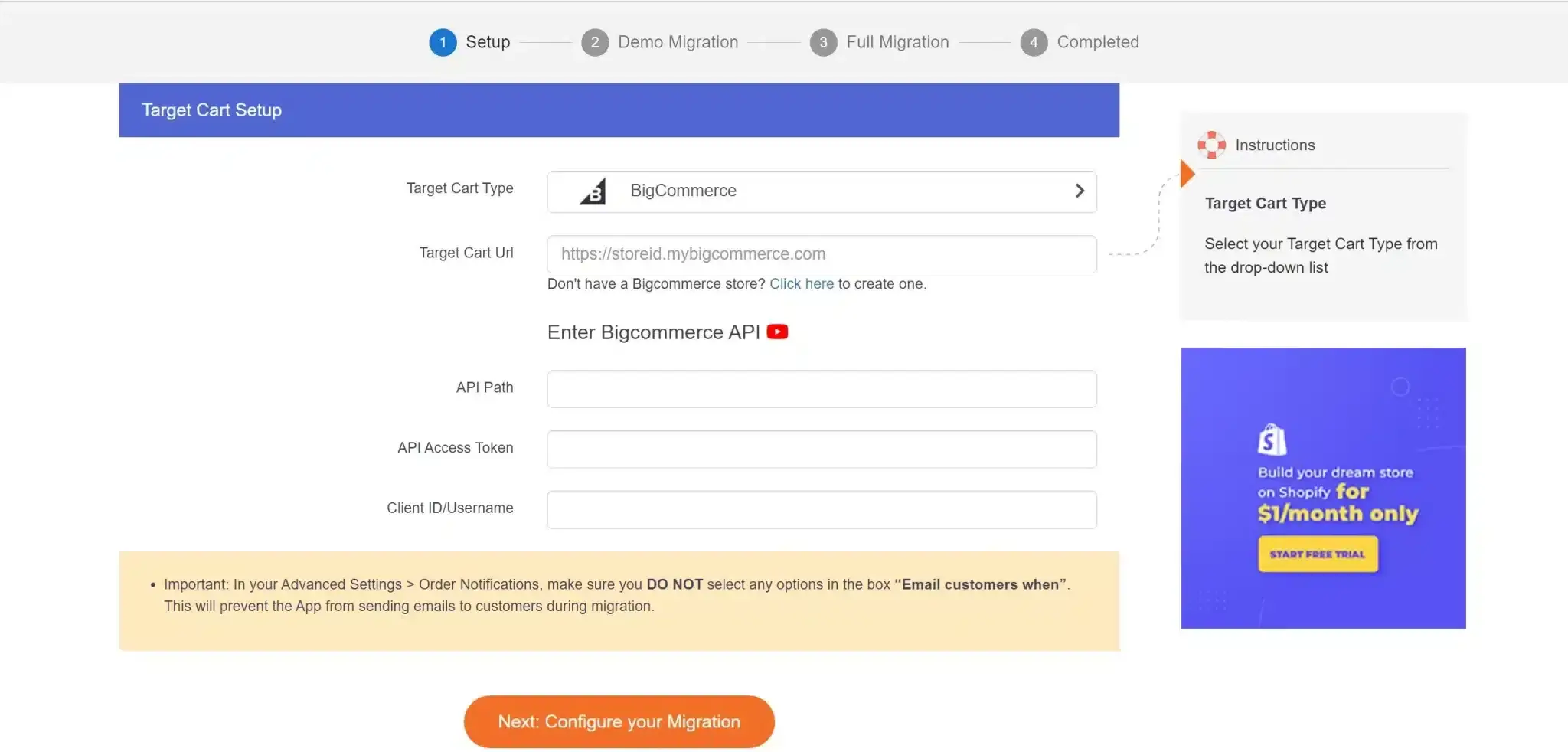
2. Entities and additional options
At this stage, you select the entities you wish to move from Shopify to BigCommerce using LitExtension. LitExtension facilitates the transfer of crucial data, including products, customers, and orders. You have the option to migrate all data collectively or specific subsets.
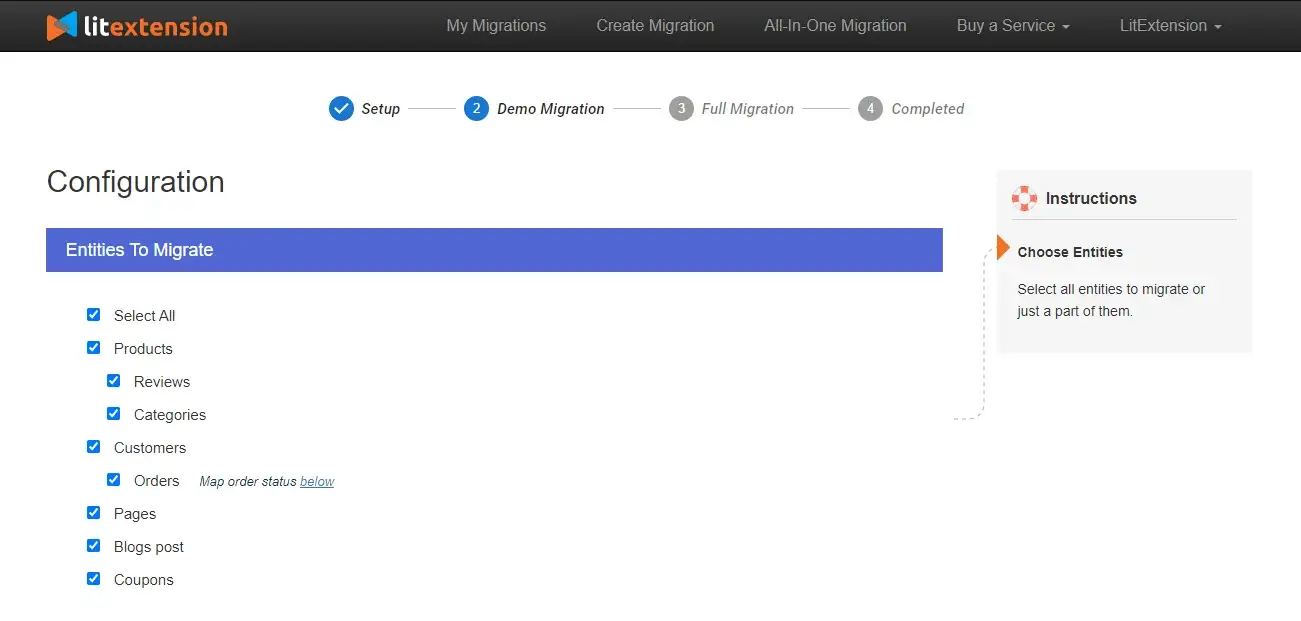
Additionally, LitExtension offers Extra Options to enhance your migration capabilities, such as retaining product IDs on the Target store and removing HTML from category and product names.
Language mapping can also be conducted to ensure consistent display in your new store.

3. Migrating To BigCommerce
We strongly advise trying out a demo initially to familiarize yourself with our system's functionality. Additionally, you have the option to proceed directly with the full migration by selecting the "Skip Demo Migration" button. Once the migration begins, it will proceed smoothly on the server.
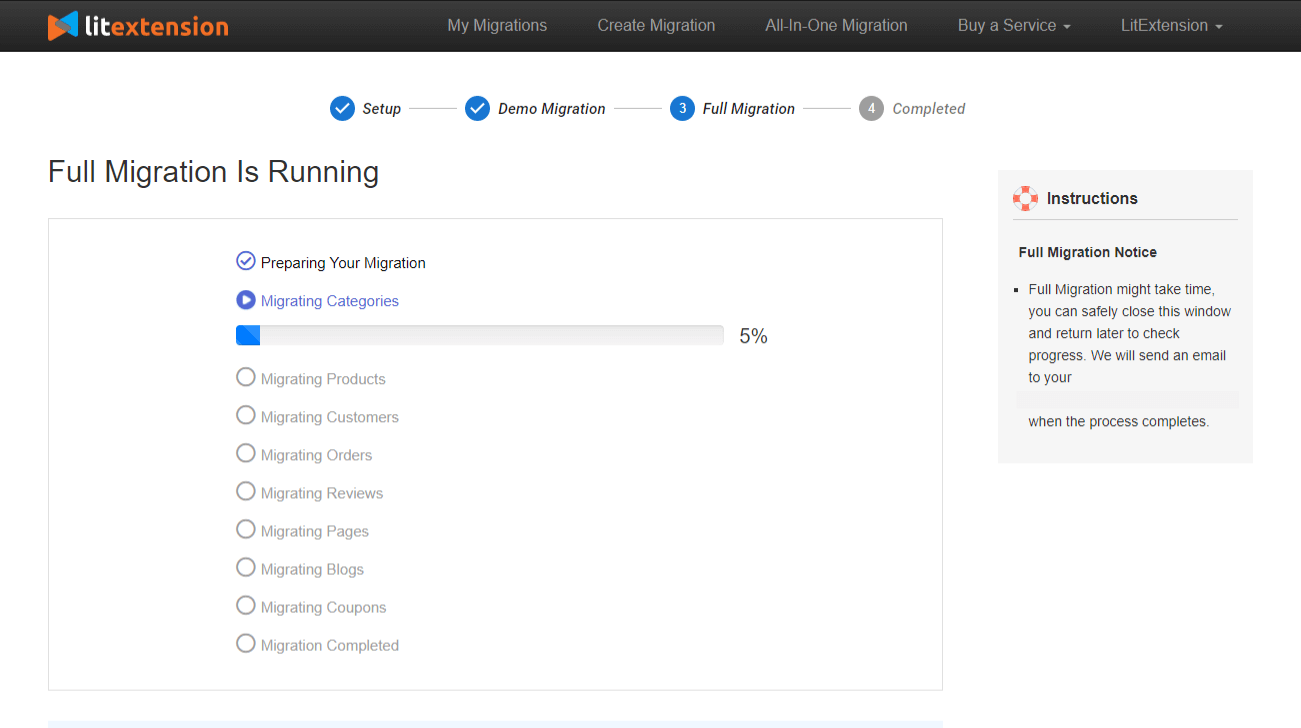
You don't need to leave your computer on during the process; it's perfectly safe to turn it off! Simply relax and enjoy a cup of coffee while the migration is in progress. You'll receive a notification email once the migration is successfully completed.
Post-migration Formalities
Ultimately, certain actions must be undertaken to launch your store. Below is a checklist detailing the steps to establish your BigCommerce store following the platform migration.
Data Migration
Throughout the migration process, LitExtension ensures that your old Shopify store continues to operate smoothly. Consequently, you can still receive new orders and customers while establishing your new BigCommerce site. This is where our suite of services, including Recent Data Migration, Smart Update, and Re-migration, proves invaluable.
- Recent data migration facilitates the transfer of newly added or updated data in your Shopify store during and after the migration process.
- Smart Update enables you to update edited data and simultaneously migrate recently added data on your website during and after migration.
- Re-migration service allows you to migrate your data afresh.
For up to 3 months following the use of our full migration service, all aforementioned services are completely free. However, it's important to note that the total additional entities must not exceed 10% of the total number of entities in the initial transfer.
Migration Evaluation
After successfully migrating your data to BigCommerce, please click on "Check result" to verify everything. Follow the checklist provided below:
- Confirm that all your products are visible both on the front-end and back-end.
- Ensure that all products are correctly categorized and searchable in the catalog.
- Thoroughly inspect all links within menus, headers, footers, and pages.
- Test the purchasing process on your new store to ensure smooth functionality.
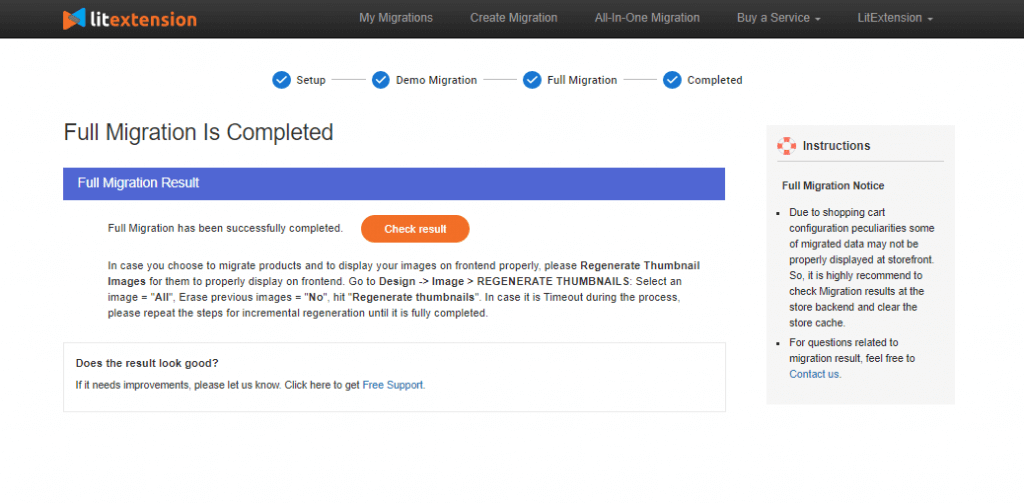
Theme Designing
Unfortunately, your old Shopify theme isn't compatible with your new website, so you'll need to choose between customizing your new theme to resemble the old one or giving your site a completely fresh appearance.
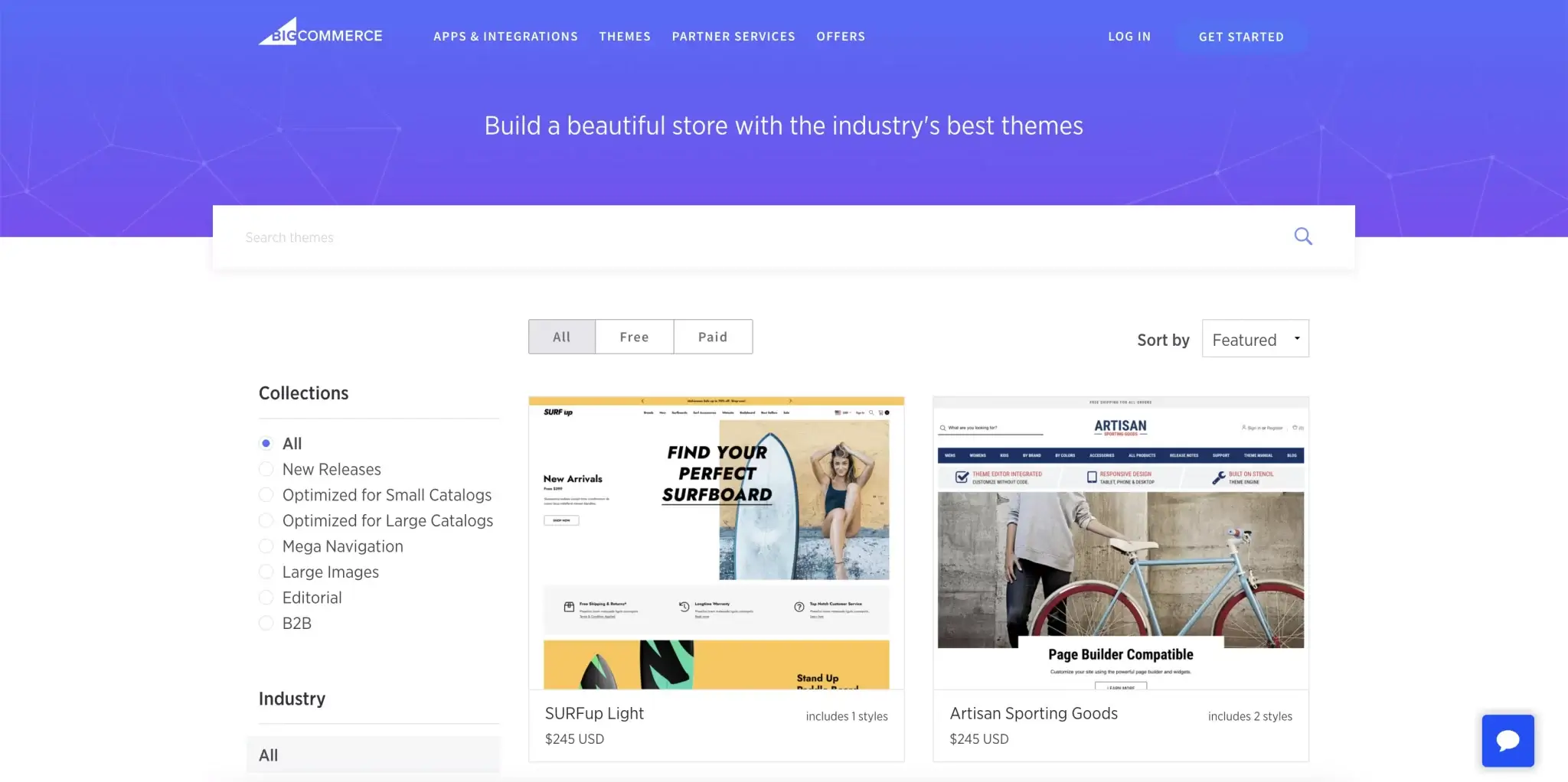
In BigCommerce, there are 15 complimentary themes available, along with approximately 130 paid themes ranging from $145 to $300. Additionally, you can explore a diverse selection of themes on platforms like Themeforest or Templatemonster.
Tax & Shipping Configuration
Firstly, an essential aspect of setting up your eCommerce website is configuring your tax rates and shipping options. Your tax settings determine how taxes are calculated and displayed on your storefront, whether through manual or automatic setups.
To begin, navigate to Store Setup › Tax, then scroll down and click on "Edit" next to Tax settings.

Additionally, BigCommerce offers a comprehensive guide for setting up taxes, providing further information and guidance.
Furthermore, it's crucial to configure your shipping options to offer both static and real-time shipping quotes on your storefront. To initiate this process, go to Store Setup › Shipping.
If you're new to using BigCommerce, their built-in shipping setup can assist you in configuring your origin address and selecting the shipping services you wish to offer.
Payment Option Setup
BigCommerce provides more than 65 integrated payment gateways for its users, including popular options like PayPal, Stripe, Square, and Apple Pay. Regardless of the chosen plan, there are no transaction fees with BigCommerce. Instead, users only need to cover credit card rates, with higher-tier plans offering reduced rates.
To explore the available payment gateways, navigate to "Store Setup" -> "Payments" and select "Online Payment Methods." From there, locate your preferred payment gateways and click "Set up." After entering your credentials and adjusting settings as needed, click "Save" to complete the setup process for your chosen payment gateway.
DNS & Domain Changing
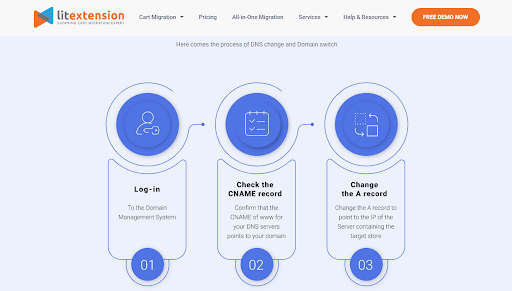
When establishing the setup, ensure your DNS settings are updated to point to the new IP address. The most convenient and efficient method is to reach out to your previous hosting provider for assistance
Final Words
In summary, LitExtension has provided a comprehensive, step-by-step tutorial on transferring your database from Shopify to BigCommerce using their specialized tool. We trust that this guide has effectively outlined the entire migration process, aiding you in conceptualizing each step with clarity.
If you encounter any challenges or require further assistance, do not hesitate to reach out to the LitExtension support team for expert guidance. We believe that this article serves as a valuable resource in facilitating a smooth transition between platforms, ensuring a seamless experience for your e-commerce venture.


